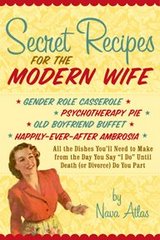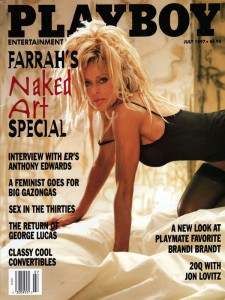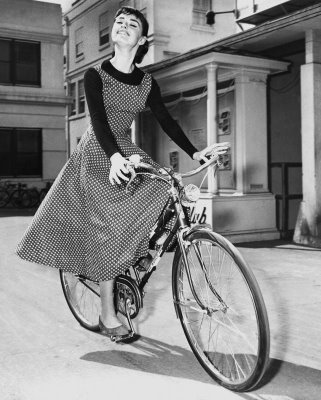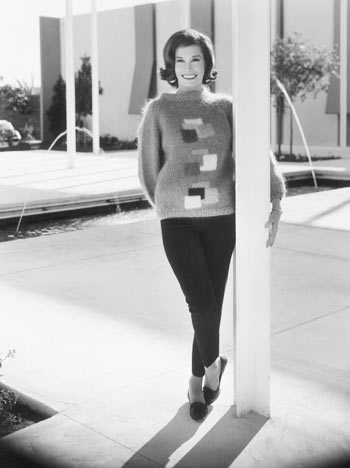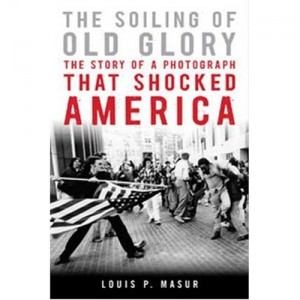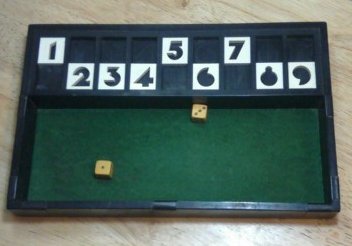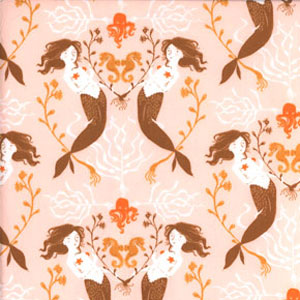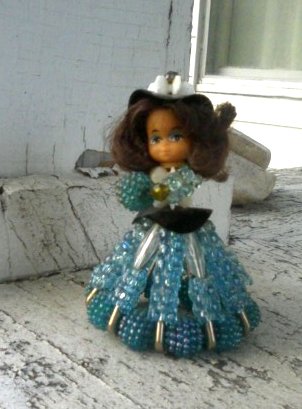G, aka ToxicShockTaco, commented here about some stupid comments she’s read & frustrating conversations she’s had online which prompted her to write this blog post. Following her links, I found the usual victim blaming mentality which serves to excuse criminal acts; things which shouldn’t surprise me because they are so commonplace. But still, like G, I can’t help but feel compelled to say what I can in hopes that there’s a chance to educate.
Among “Jimbo’s Jems”:
So, I guess if a girl decided it would be cool to smear raw ground beef all over herself & walk inside a pen full of hungry lions, getting eaten alive wouldn’t be her fault either, eh?
Or, on a more plausible note, if she thought it would be cool to walk into an outlaw biker bar & strut around half naked, she wouldn’t be considered to hold one shred of responsibility for anything that happened to her there, either.
Right?
OK, don’t you love how he compares himself & men in general to a predatory beast? And how he thinks sex = food?
Yes, the sex drive is biological, like hunger; but they are neither equal in need nor imperative. And even when it comes to hunger, humans — even the male ones who joke about the 5 second rule for food on the floor, would consider the possible consequences of eating raw (or even cooked) meat they just stumbled upon.
If I were a man, I’d be insulted that you forfeit male ability to exercise self-control. As the mother of a son, I’m angry. How dare you say that penis or testosterone equals inability to control one’s self! As if being male limits a person to some sort of reptilian, reactionary response — of a violent nature yet!
Even the comparison to “outlaw bikers” is ridiculous.
First of all, the very word “outlaw” means criminal, so obviously, the matter of safety is an issue for anyone — and if he meant Outlaw with a capital “O”, well, I’m not sure that violence towards women is in the bylaws… And in either case, I don’t think I’d toss around that implication lightly. (Frankly, I suspect, Jimbo is just throwing around pejoratives, playing with fears &/or negative opinions of bikers; my personal experiences with bikers of any sort, including Outlaws with a capital “O,” have been nothing but respectful — in fact, they have been the first to back me up when a drunk jerk hasn’t backed-off when told to.)
Secondly, with regards to his questions/accusations that a woman “strutting around half-naked” in any sort of a bar believes herself free from the responsibility of the actions of others, let me help Jimbo out here. Such a woman may be risking legal actions such as “indecent,” “disorderly,” and “harassment” — not to mention just plain rude — depending upon what exactly “half-naked” is, what the location is (strippers, for example, are more than 1/2 naked and they are not allowed to be assaulted or raped), and other situational issues. But yeah, she’s not responsible for what other’s do.
Jimbo continues:
Because as we all know, a woman should be able to wear anything she damn well pleases with no thought to the possible consequences, and any consequences she may suffer, will never be considered to be even partially her responsibility, even though she engaged in behavior that expopsed her to risk to begin with.
Right?
No, of course not. A woman shouldn’t be outside wearing a bikini in temperatures 40 degrees below zero. A woman should not violate dress codes at the place of her employment. A woman should not wear clothing soaked in gasoline, even if she’s not standing next to a burning building. And there are countless other situations in which women should follow rules of safety & convention. But “scantily dressed” or even “nude” does not mean that she has put herself in the path of sexual danger — the criminals stalk her down on her path, regardless of how she is dressed.
In case you can’t see the difference between sexual assault & the to-be-expected dangers of my particular examples, let me make them clear for you. In the case of bikinis outside in winter, the elements are not controllable, so humans must dress for the weather or risk threats of exposure to the cold. In the case of employer dress codes, the employee has agreed to the dress codes and risks loss of job if they do not comply. In the case of wearing gasoline-soaked clothing, well, frankly, there’s no reason to wear it and it would be risking burns & death from a spark from anything anywhere along with other health issues — all immutable laws of science which can & should be avoided by not being an idiot. However, in the case of being “half-naked” or whatever, becoming a victim of sexual crimes is not dependent upon immutable laws of science or medicine or legal contracts — it is based upon the actions of another, something one has no control over, outside of societal agreements & norms (which criminals are willing to break, no matter how the victim is dressed or acts) or, after the fact, courtrooms.
In any other area of life, all people, both men & women, are considered responsible for their own safety & well being. If you have unprotected sex with strangers & get aids, it will be considered your fault for engaing in risky behavior. Drive without your seat belt & get injured in a wreck, even your insurance company will successfully argue in court that you share some of the responsibility for your injuries. But when it comes to fashion choices & how a gal presents herself in public, whether by dressing in skimpy, revealing clothes or posting sexually suggestive pictures of herself online, suddenly reponsibility goes out the window & it’s a ghastly social faux-pas to even hint that she may have brought something on herself by the choices she made.
OK, so my other examples should make most of this clear, but…
Are you, Jimbo, saying that if a woman is raped by a stranger who doesn’t use a condom & ends up with HIV or AIDS, that she is at fault? Maybe that’s not what you intended, but I’m pretty sure it’s implied there somewhere.
Even if it’s not, when a person consents to sex with anyone, stranger or not, condom use or not, this act of sex cannot be be compared with rape in any way because rape is by definition lacking consent, you freaking idiot!
Ditto the seatbelt. Use or non-use of a seatbelt is a matter of consent. And when a woman dresses skimpy, the only thing she is consenting to is being dressed skimpy. She is not consenting to sex. In fact, the question hasn’t even come up yet.
Assaults, rape and other sex crimes are without consent. Which means she said “No” or was unable to say “Yes” by virtue of physical or mental state, and what she had on or off is absolutely meaningless. At this point of “no” or inability to give consent, any action or continuation is solely the act & responsibility of the rapist/attacker/criminal.
He is the perpetrator, she the victim; and he carries all the blame. Period.
So yes, it is “a ghastly social faux-pas to even hint that she may have brought something on herself by the choices she made,” you misogynistic twit.
Furthermore, when talking about rape, do not condescendingly refer to females as “gals.”
Of course stalking or raping a woman is criminal & morally wrong. But that doesn’t mean that it’s just perfectly OK for women to exacerbate their chances by making themselves a target.
How do we, exactly, “exacerbate our chances” of making ourselves targets of crimes which are perpetuated by criminals who hate women? That is the million dollar question. But this has nothing to do with, as you ignorantly believe & argue, the dress, talk or actions of women/potential victims, attractive or not. Simply by opting to remain ignorant (because you refuse to read the actual information, studies &/or statistics), you show no concern for the realities and safety of women and are exposing yourself as a danger to women.
More from Jimbo:
I don’t think most women really understand what the sight of an attractive, nearly naked female does to a man with an active libido. Most men can control themselves, but some just can’t. And those guys have eyes, too.
This is the belief system which exposes you as a man afraid of women. You believe women have “power over men,” rendering men, if they are not already unable to control themselves, powerless to T&A. I guess in your fear of the big bad women, you see on the horizon nothing but a future of weakness, pity & self-loathing for you & your gender and so you think men have the right to take what they want to ward this off. But, Jimbo, that’s not a man.
In another comment, Jimbo wraps up his philosophy:
You make it sound like I’m somehow excusing the act of rape, when I’m not. But I will state categorically, any woman who goes out to nightclubs by herself or even with another girl or group of girls, dressed in an ultra short, tight-fitting skirt with a plunging neckline showing off a lot of cleavage & wearing what Amy Winehouse referred to in song as “Fuck Me Pumps”, then spends the evening hanging out & flirting with strange men, is putting herself in a dangerous situation. And if something bad happens to her, while it might not be technically “her fault”, SHE BEARS A PORTION OF THE RESPONSIBILITY for doing all the things that put her in that situation.
So let me recap too.
By removing any of the responsibility from the person who committed the crime, you are excusing the perpetrator of that crime.
By placing any percentage of the responsibility, no matter how small, on the part of the victim, you are blaming the victim.
Here’s the math, Jimbo: The person who commits rape is 100% responsible.
Of course, I’m aware that Jimbo, if he reads this or G’s post, will just sneer. He’ll likely dismiss this post with his usual rhetoric, “It’s a total lack of a sense of humor & an air of deathly self-seriousness that all feminists seem to have in common.” Or maybe he’ll just call me a “fat old hag” — because that’s the other usual attack. *yawn* (Even if I was, it wouldn’t make me any less right, pinheads.)
But maybe, just maybe, we can reach a few more enlightened folks who at least want to believe that males can & should control themselves & their predatory instincts.
Whether they do or not, they are 100% responsible for their actions.


